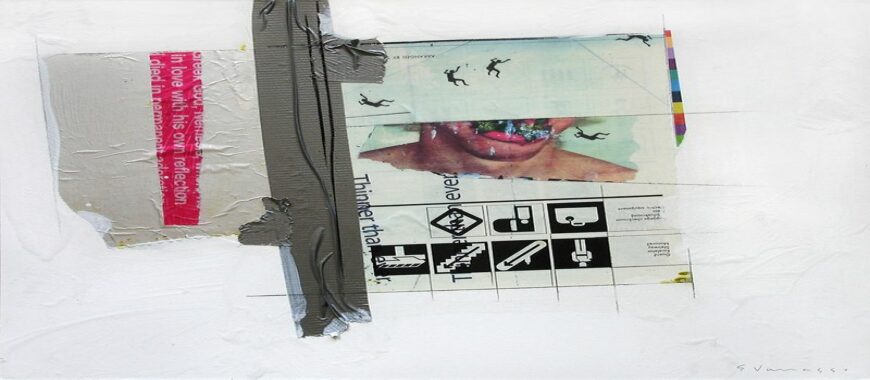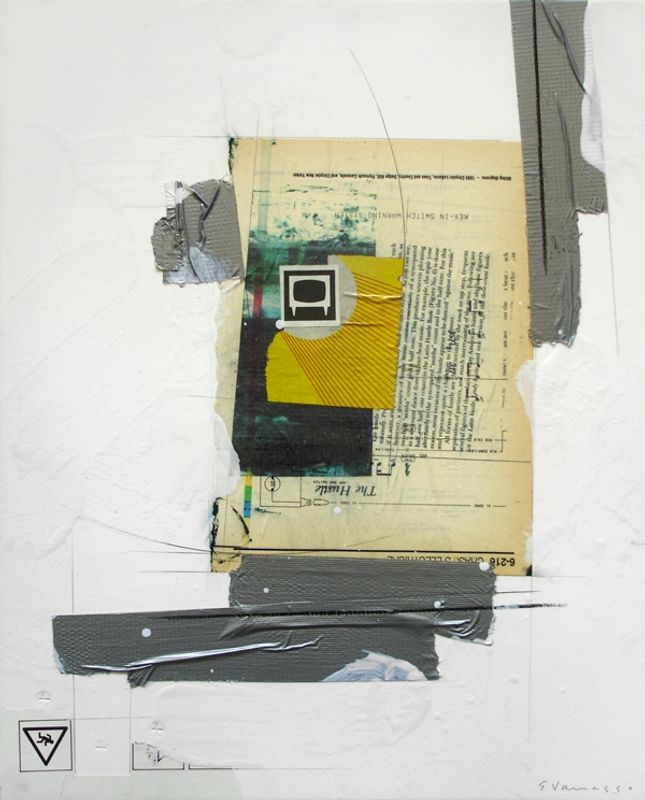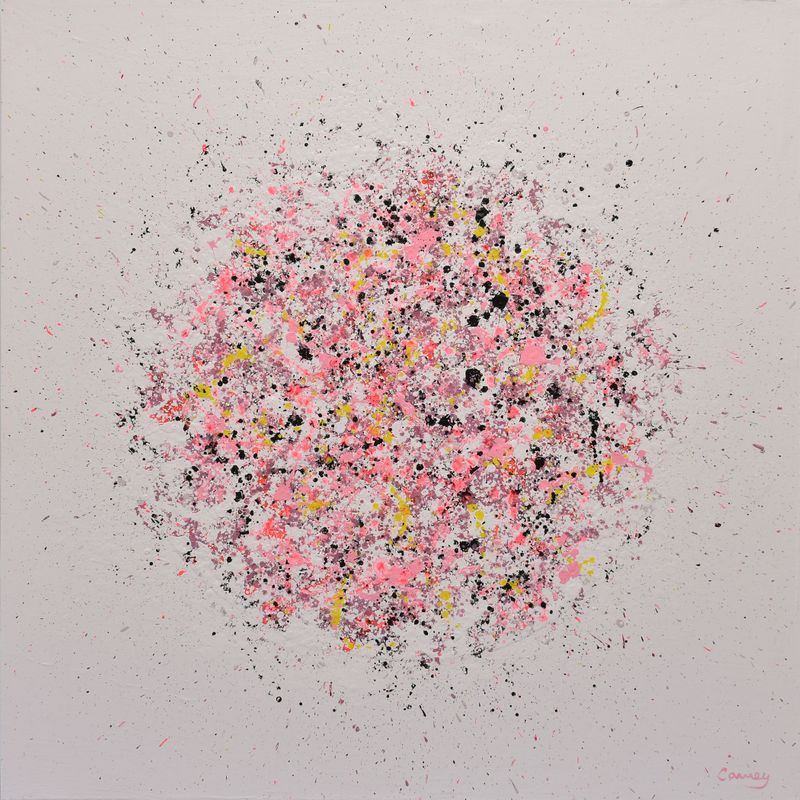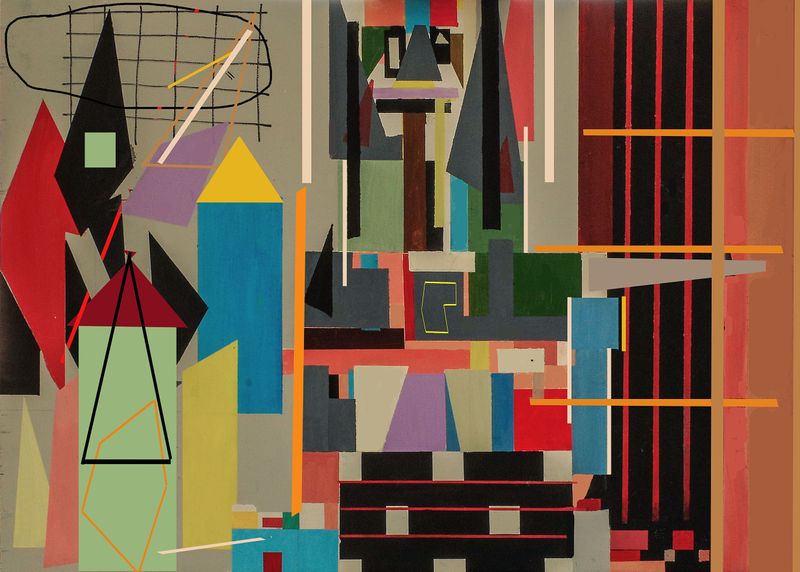Postmodern art emerged in western America as a protest against the restrictive standards of modernism. This new style of art challenged modernism and embraced the idea that anything can be art. Art of this genre encourages the viewer to ask questions, to see things from new perspectives, and to bring definitions into question.
What is postmodern art?
To really understand what postmodern art is, you must first understand the concepts behind postmodernism.
Postmodernism goes against the ideas of modernism. Modernism is explaining reality and declaring what is truth and what is not. Postmodernism deconstructs truth and turns it into potential.
Friedrich Nietzsche sums it up perfectly in this famous quote where he basically states that truth is relative.
“ There are no facts, only interpretations”
— Friedrich Nietzsche
Because of this art movement’s paradoxical nature, it has faced harsh criticism. People have called postmodern art self-defeating, because defining postmodernism is a contradiction. Many have criticized the way this genre makes things obscure and indecipherable. Some go so far as to say it destroys knowledge and can’t progress because it’s too busy trying to decide if it even exists.
On the other hand, postmodernism can be incredibly freeing. Non-judgemental and open-minded, the postmodern movement allows the artist to fully express themselves without limitation. This freedom leads to beautiful original art works that can take on new meaning by simply changing the way you look at them.
How Did Postmodernism Start?
Postmodernism arose in the early and middle decades of the twentieth century. As the industrial era evolved, people set down rules and expectations for how things should be as they developed a society. One of the downsides to that was that standards were viewed to be more important than expression.
In an attempt to revitalize emotion and creativity, others responded with questions like “why does it have to be a certain way?” The realization that there are different viewpoints to one problem drove people to think and act against the grain. And so postmodernism was born.
In art, established methods like mixing colors, types of brush strokes and labelled shapes were broken to give artists complete creative freedom.
What Makes An Art WorkPostmodern?
Since postmodern art refuses to be defined, it can be anything. It is bold and controversial, it intrigues and repels. It takes up space and blurs the lines between fine art and pop culture.
Art that falls under the postmodern category is usually a piece made with mixed media and recycled styles. It tends to exist as intermedia art, installation pieces and conceptual art.
What Is The Difference Between Modern Art And Postmodern Art?
Modern art attempts to portray a subject as it exists according to the artist. It’s usually created by traditional techniques.
Postmodern art has a unique, avant-garde style that is sometimes created with multiple medias and processes. Postmodern art believes in the complete freedom of expression and creativity and challenges the status quo.
Kinds Of Postmodern Art
Postmodern art takes many forms. Here are a few of them:
Minimalism
Minimalism is art based on the preference “less is more” and was usually stripped down to the material of the work. Some artists who embraced minimalism are Frank Stella, Tony Smith and Carl Andre.
Pop Art
Pop art is one of the first forms of postmodernism because it took what was considered “low” art like comic books, product packaging and movies and turned it into “high” art. It grew to become one of the most popular forms of modern art to this day and it’s seen in the works of artists like Jeff Koons, Eduardo Paolozzi, Richard Hamilton and James Rosenquist.
Fluxus
Fluxus was a group of artists who, much like postmodern artists, disagreed with authorities on the standards of what makes art valuable. They wanted everyone to create and have access to art without discrimination. Some defining fluxus artists are Yoko Ono, Robert Filliou and Ben Vautier.
[NOT] Following Art History I by Geert Lemmers
Ready to discover art that speaks to you?
Get inspired. Discover Zatista’s expertly curated gallery of one-of-a-kind artworks. With thousands of works to choose from by top artists from over 40 countries, sure to find a piece of art that inspires you.







Comments (0)